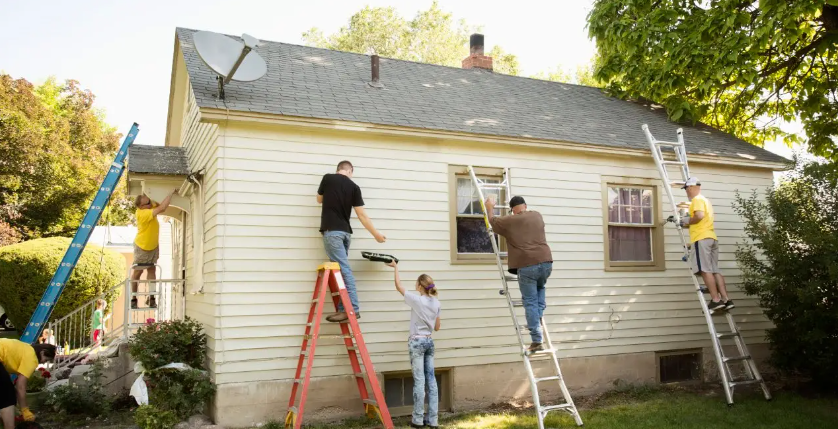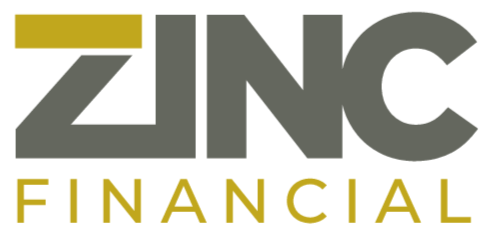In the fast-paced world of real estate, opportunities often arise that require swift action. Whether you’re an experienced investor or a first-time buyer, you might find yourself in a situation where timing is crucial, and traditional financing options just won’t cut it. This is where bridge loans or fix and flip loans come into play, offering a vital solution to fill the gap in real estate transactions. In this article, we’ll delve into the world of bridge loans.
Bridge Loans: A Primer
A bridge loan, in essence, serves as a temporary financing option that bridges the gap between a borrower’s immediate need for funds and a longer-term financing solution, which could be a traditional mortgage or the proceeds from the sale of another property. These loans are particularly valuable in real estate transactions where timing is of the essence, such as the classic scenario of buying a new property before selling an existing one.
The Fix and Flip Phenomenon
“Fix and flip” has become a buzzworthy term in the real estate investment landscape. It refers to the practice of purchasing a property, often at a discounted price due to its condition, making necessary renovations and improvements, and then selling it at a higher price, hopefully turning a profit in the process. However, executing a fix and flip strategy requires more than just a keen eye for properties with potential; it demands quick access to funds for both the purchase and renovation phases.
Enter Fix and Flip Bridge Loans
This is where fix and flip bridge loans shine. Traditional lenders, such as banks, often have lengthy approval processes that may not align with the speed required in fix and flip scenarios. Bridge loans, on the other hand, are designed to provide expedited financing, enabling investors to seize promising opportunities without missing out.

Key Advantages of Bridge Loans
Speedy Approval: Seizing Opportunities in Real Time
In the dynamic realm of real estate, opportunities can vanish as quickly as they emerge. This is where the swiftness of fix and flip bridge loans comes into play. Unlike the often time-consuming approval process of traditional lenders, bridge loans are designed for speed. This rapid approval means that you, as an investor, can capitalize on attractive properties before your competitors even have a chance to complete their paperwork. The ability to secure financing swiftly empowers you to be a frontrunner in the real estate market, ensuring you have the upper hand when it comes to prime properties.
Flexible Terms: Tailoring to Real Estate Ventures
The flexibility of fix and flip bridge loans is a game-changer for real estate investors. Unlike traditional mortgages that heavily emphasize credit history and other personal financial details, these loans are primarily concerned with the potential value of the property after renovations. This approach allows investors to focus on the property’s intrinsic potential rather than being hindered by past financial circumstances. As a result, even if your credit history isn’t immaculate, you can still access the financing you need to execute your fix and flip strategy. The flexibility in terms adapts to the unique demands of the real estate world, offering investors a financing solution that aligns with their ventures.
Renovation Funds Included: Powering Transformation
The essence of the fix and flip strategy lies in transforming distressed properties into attractive, profitable assets. Fix and flip bridge loans recognize this crucial element by not only covering the property purchase but also including funds for renovations. This inclusive approach ensures that you have the necessary capital to carry out the required improvements, repairs, and upgrades that will enhance the property’s market value. With access to renovation funds, you’re equipped to turn a neglected property into a sought-after gem, increasing its potential for a profitable sale.
Shorter Loan Periods: Aligned with the Fix and Flip Timeline
Fix and flip bridge loans are tailored to the unique timeline of the fix and flip strategy. Unlike traditional mortgages with lengthy repayment schedules, bridge loans are structured as short-term solutions, typically spanning from a few months to a couple of years. This alignment with the fix and flip timeline is vital because investors intend to sell the renovated property relatively quickly, ideally within a year or two. The shorter loan period not only reduces the overall interest costs but also complements the strategy’s goal of maximizing returns in a compressed timeframe.
High Potential Returns: Capitalizing on Profitable Outcomes
The enticing allure of the fix and flip strategy lies in its potential for remarkable returns on investment. When executed effectively, the improvements made to the property, along with the optimal timing of the sale, can yield significant profits. Fix and flip bridge loans play a pivotal role in this equation by enabling you to seize the right opportunities at the right time. By accessing timely financing, you can secure properties, initiate renovations, and swiftly bring them to market, all factors that contribute to the strategy’s potential for a substantial return on investment. A well-timed bridge loan is not just a financial tool; it’s a catalyst for maximizing profitability in the fix and flip venture.

Considerations and Risks: Navigating the Complexities of Bridge Loans
While fix and flip bridge loans undoubtedly present a range of compelling benefits, it’s vital to approach these financing options with a clear understanding of the associated considerations and potential risks. Just as in any financial endeavor, a well-rounded perspective is essential for making informed decisions that align with your investment goals and risk tolerance.
Interest Rates and Short-Term Costs
One of the primary considerations when opting for a fix and flip bridge loan is the higher interest rate compared to traditional mortgages. Given the short-term nature of these loans, lenders may impose relatively higher rates to account for the expedited approval and repayment timeline. It’s crucial to factor these costs into your overall financial projections to determine whether the potential returns from your fix and flip venture outweigh the higher borrowing costs. A meticulous assessment of the project’s potential profitability will guide you in making a prudent decision that balances risk and reward.
Property Valuation Challenges
A significant element of the fix and flip strategy hinges on accurately assessing a property’s post-renovation value. This evaluation can be complex and multifaceted, involving factors such as market trends, local demand, property condition, and the quality of renovations. Underestimating the property’s potential value can lead to unrealistic profit expectations, impacting the viability of the venture. To mitigate this risk, collaborate with experienced appraisers, real estate professionals, and contractors who can provide informed insights into the property’s potential value and guide your renovation decisions.
Market Volatility and Timing
The real estate market is inherently sensitive to fluctuations and trends that can impact property values and demand. The success of a fix and flip project depends on selling the renovated property at an optimal price within a relatively short timeframe. However, market volatility can disrupt even the most well-laid plans. A sudden downturn in property values or shifts in buyer preferences could affect your ability to sell at the desired price, potentially impacting the profitability of the venture. Extensive market research, staying informed about local trends, and having contingency plans in place are prudent measures to mitigate these uncertainties.
Financial Stability and Contingency Planning
While fix and flip bridge loans offer quick access to funds, it’s essential to ensure your financial stability throughout the project’s lifecycle. Unforeseen delays, unexpected renovation costs, or extended holding periods can strain your finances if not accounted for in your initial projections. Building a contingency fund to address unexpected expenses is a proactive step in safeguarding your investment and avoiding potential setbacks that could lead to financial stress.
Due Diligence and Education
In the world of fix and flip bridge loans, knowledge truly is power. Conduct thorough due diligence not only on the properties you’re considering but also on the lenders offering bridge loans. Understand the terms, fees, and repayment expectations associated with each loan option. Educate yourself about the intricacies of property valuation, market dynamics, and renovation processes to make informed decisions at every step of the journey.
Fix and flip bridge loans play a pivotal role in the real estate landscape, especially for investors looking to capitalize on time-sensitive opportunities. By providing quick and flexible financing solutions, these loans facilitate the execution of fix and flip strategies and empower investors to navigate the ever-evolving real estate market with agility. However, it’s important to approach these loans with careful consideration and a clear understanding of the associated risks. When used strategically and responsibly, fix and flip bridge loans can indeed fill the gap in real estate transactions, helping investors turn properties into profitable ventures.

